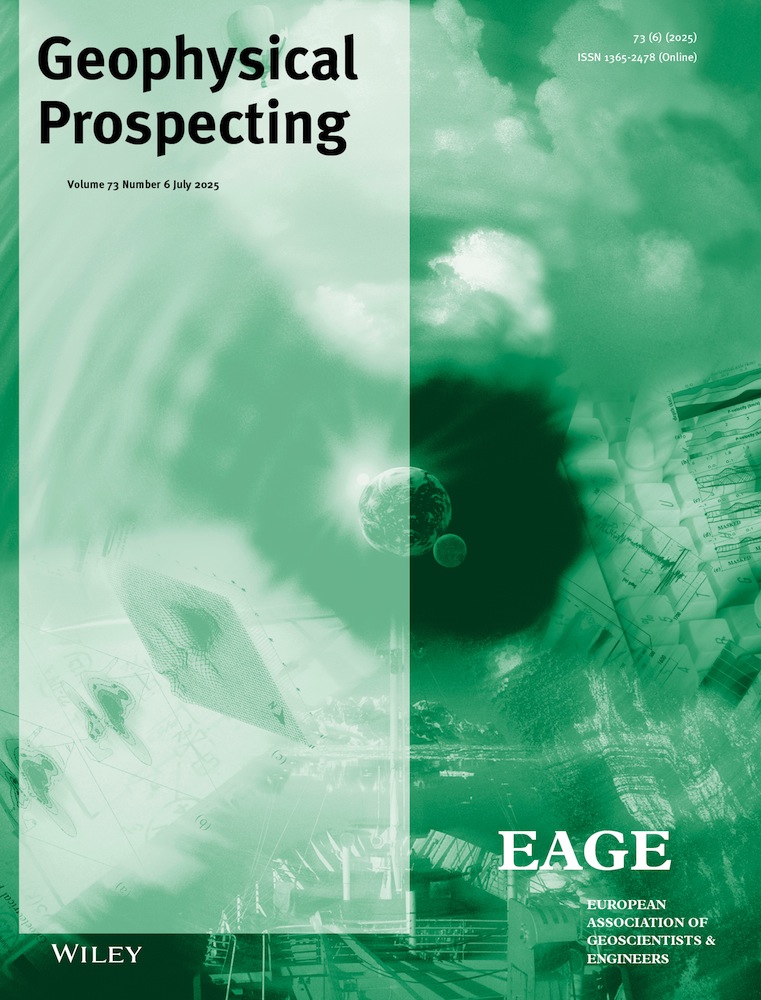S-Wave Velocity Model of Texas Based On Joint Inversion of Interferometry and P-Wave Receiver Functions
Funding: The authors are grateful to King Fahd University of Petroleum and Minerals (KFUPM) for their support and collaboration during the development of this article, and to the State of Texas (TexNet) for providing valuable data.
ABSTRACT
Velocity models are essential for accurately locating the rapidly increasing seismicity in Texas. The region's limited monitoring infrastructure and extensive sedimentary basins underscore the need for developing both P- and S-wave models, especially for precise depth estimation of seismic events. This study utilizes seismic interferometry and surface wave inversion techniques, along with receiver functions, to construct a three-dimensional velocity model for Western, Central and Southern Texas. Our results indicate that the integration of receiver functions significantly improves the stability of the surface wave inversion process. The resulting inverted model aligns well with known geological structures, revealing lower S-wave velocities in sedimentary basins and higher velocities in areas with bedrock exposure. Notably, the velocity contrasts between the sedimentary basins and bedrock can reach up to 30% at equivalent depths. Furthermore, the S-wave velocities derived from our model are considerably lower than those reported in previous research, suggesting that the use of this revised S-wave model may require a reevaluation of the depths at which seismic events are located.
Conflicts of Interest
The authors declare no conflicts of interest.
Open Research
Data Availability Statement
The data that support the findings of this study are available in the Supporting Information section of this article.




